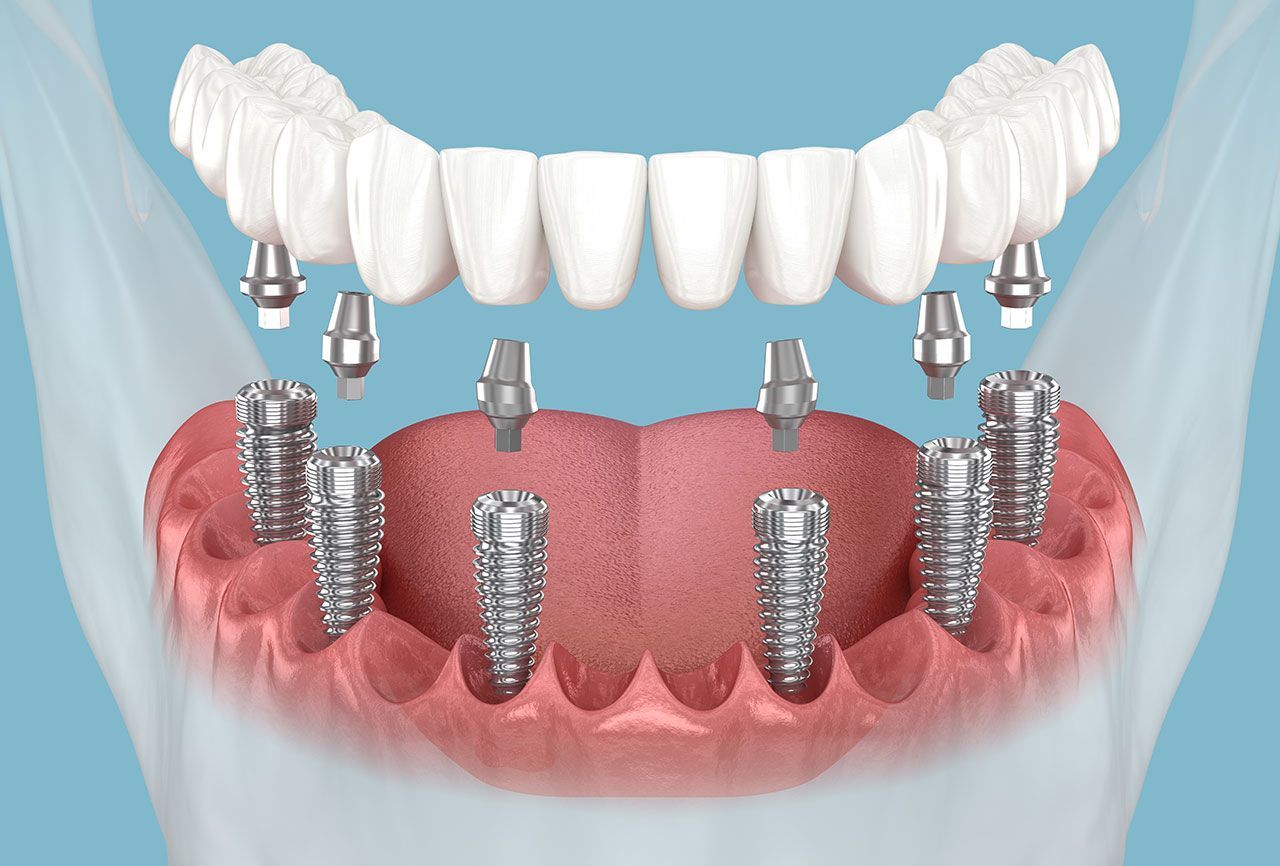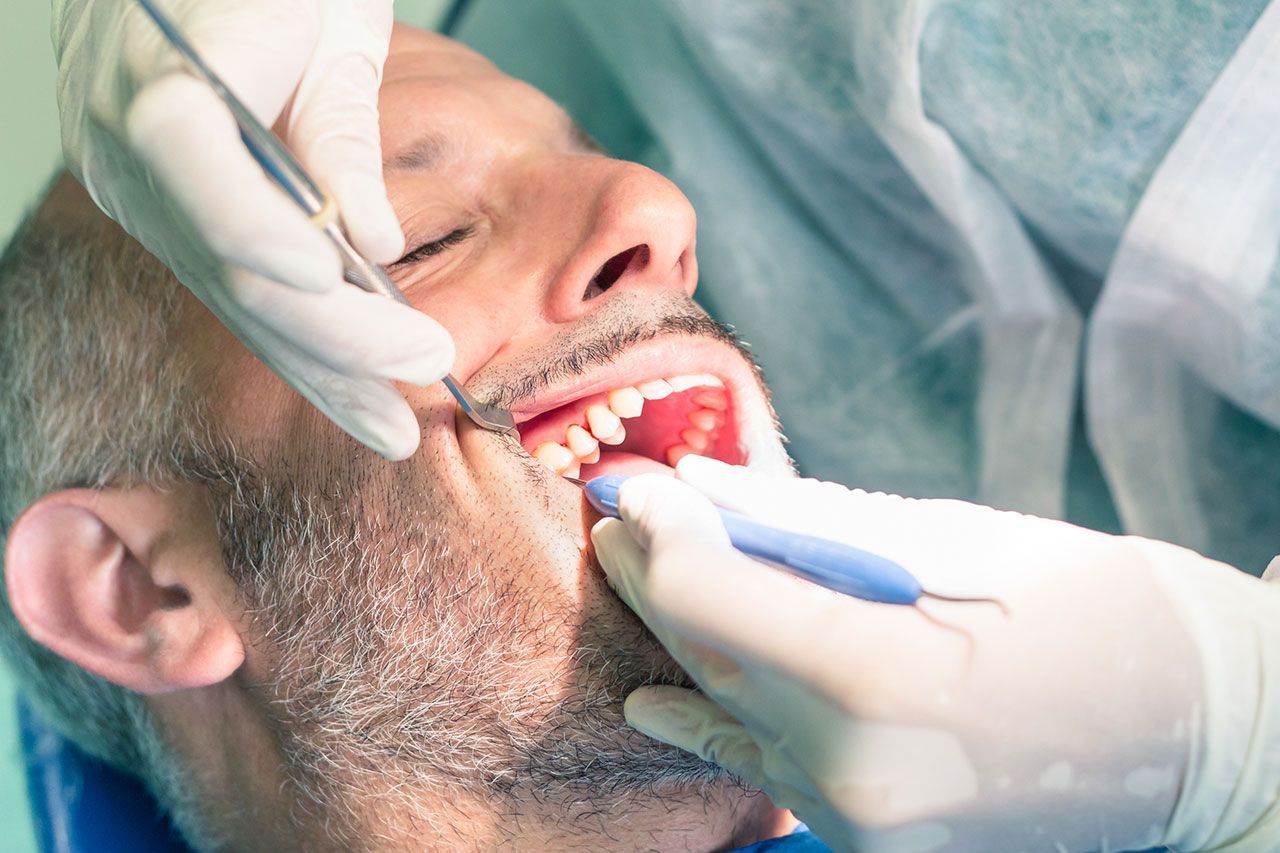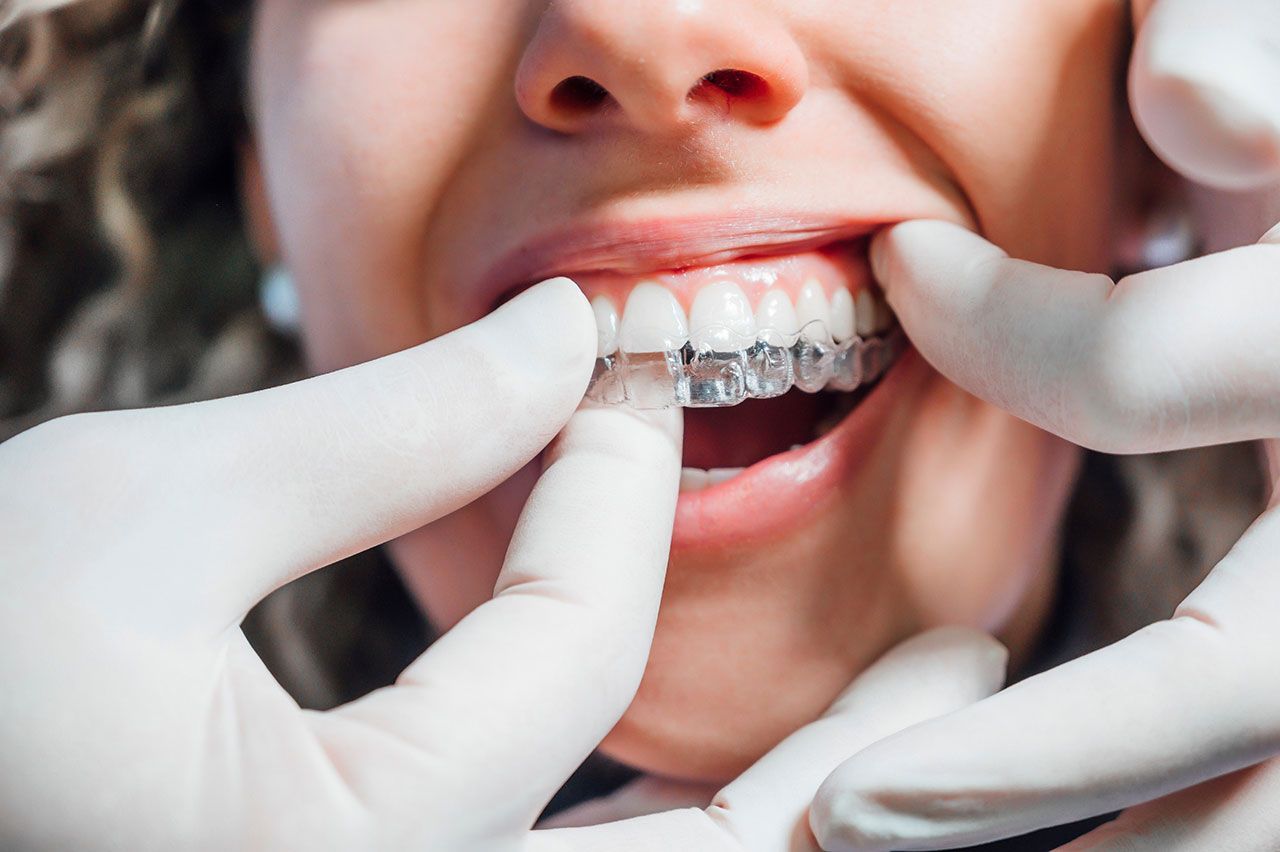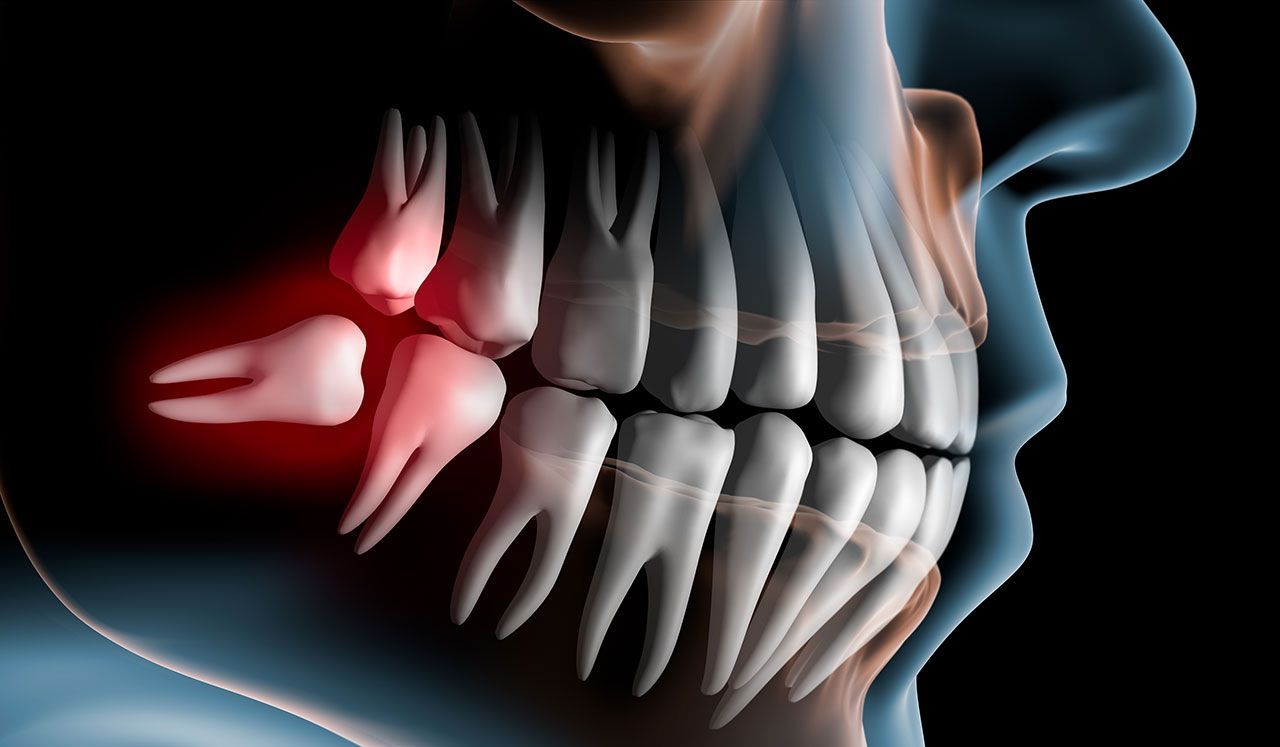Fixed Bridges in Detroit: A Steady Way to Close the Gap
Ever notice how one missing tooth can throw off your whole smile—kind of like a single wobbly tile on a kitchen floor? It’s amazing how much one space can change the way you chew, speak, and even carry yourself. The good news: fixed bridges offer a steady, time-tested solution that looks natural, feels solid, and helps protect the rest of your teeth from drifting out of line. If you’ve been living with a gap and quietly working around it, this might be your moment to fix it for good.
What Is a Fixed Bridge—and Why It Works
A fixed bridge is a non-removable restoration that “bridges” the space left by a missing tooth (or several teeth). Your dentist reshapes the teeth on either side of the gap—called abutment teeth—so they can support custom crowns. A replacement tooth (the pontic) is fused between those crowns, creating one seamless unit that’s cemented in place. Think of it as a sturdy, custom-fit span that restores your bite, your symmetry, and your confidence in one move.
Here’s why fixed bridges are popular:
- They’re stable. Once cemented, they don’t come in and out, which means less fuss and more confidence.
- They’re quick compared with some other options. Many bridges can be completed in a few visits.
- They look like real teeth. Modern ceramics are color-matched to blend with your smile.
Signs You Might Be a Good Candidate
If you’re missing a single tooth or a small cluster of teeth in one area, a fixed bridge could be a strong choice—especially if the neighboring teeth already need crowns due to wear, cracks, or large fillings. You’ll want healthy gums and good overall oral health, because your gum tissue and bone help stabilize the bridge. If you’re a heavy grinder, your dentist may recommend a nightguard to keep your new work safe.
The Step-by-Step Process, Without the Guesswork
1) Consultation and planning. You’ll get an exam, X-rays, and a simple bite evaluation. The goal is to confirm that your abutment teeth are strong enough and your gums are healthy.
2) Tooth preparation. The supporting teeth are shaped to make room for the crowns. You’ll wear a temporary bridge that protects those teeth and keeps you looking presentable while the final bridge is made.
3) Custom fabrication. Your impressions or digital scans go to a lab, where technicians craft your fixed bridge from ceramic or porcelain fused to metal—designed to match your shade and shape preferences.
4) Try-in and adjustments. Fit, bite, and color get checked. Small tweaks are normal—your bite should feel even, and floss should glide under the pontic smoothly.
5) Cementation. Once everything feels right, the bridge is permanently cemented. You’ll leave the office chewing more evenly and smiling more easily.
Fixed Bridges vs. Other Options—What’s the Real Difference?
A fixed bridge isn’t the only way to replace missing teeth, but it shines in certain scenarios. Compared with a removable partial denture, a bridge feels more natural because it’s fixed in place, and it typically offers stronger chewing power. Compared with a dental implant for a single missing tooth, a bridge may be finished faster and doesn’t require surgery—though it does involve shaping the adjacent teeth. If those neighbors already need crowns, a bridge can be a very efficient solution. If they’re perfectly healthy and you prefer to leave them untouched, an implant may make more sense. It’s not about one “best” choice; it’s about the right choice for your mouth, your timeline, and your budget.
How Long Do Fixed Bridges Last?
With consistent home care and regular dental visits, many fixed bridges last 10–15 years, sometimes more. Longevity depends on the health of the abutment teeth and gums, your bite forces, and everyday habits like clenching ice or opening packages with your teeth (please don’t). Your dentist may suggest a nightguard if you grind, and will check your bridge at cleanings to keep it performing well.
Everyday Care Made Simple
- Brush twice daily with fluoride toothpaste, especially along the gumline near the abutment teeth.
- Floss under the bridge using a floss threader or a small interdental brush. This keeps the area under the pontic clean and your gums happy.
- Rinse with an alcohol-free mouthwash if recommended.
- Stick to checkups every six months (or as advised). A quick polish and a bite check go a long way.
Benefits You Can Feel—and Why They Matter
When you replace a missing tooth with a fixed bridge, you do more than fill a space:
- Better chewing and speech. No more chewing on one side or mumbling around a gap.
- Protects neighboring teeth. Keeps adjacent teeth from tilting or migrating, which can create bite problems and plaque traps.
- Supports facial shape. Tooth loss can make cheeks look sunken over time; restoring the area helps maintain a fuller, younger look.
- Confidence boost. You’ll smile easier when the gap is gone and your teeth look even.
Professional perspective: Fixed bridges are widely supported in restorative dentistry literature for replacing one to three missing teeth in a row when abutment teeth can be predictably crowned and periodontal health is stable. Clinical guidance from professional organizations emphasizes careful case selection, quality impressions or scans, precise occlusion (bite), and meticulous home hygiene to reduce the risk of recurrent decay around abutment margins and to prolong bridge life. These well-documented principles are the backbone of long-lasting bridge success in everyday practice.
Common Questions—Answered Straight
Will people notice? High-quality ceramics blend beautifully. Most folks won’t know unless you tell them.
Does it hurt? Local anesthesia makes shaping the teeth very manageable; mild soreness afterward is common and short-lived.
What if one abutment fails? Your dentist will monitor those teeth closely. Early detection of problems—like a loose crown or decay—keeps the whole unit healthy.
Can I still floss? Absolutely. You’ll thread floss under the pontic or use a small brush; it’s quick once you learn the motion.
A Smooth Path Forward
If a missing tooth has been holding back your smile or your bite, a fixed bridge offers a reliable, good-looking fix. It’s sturdy, it’s efficient, and it puts function and confidence back on your side—day in, day out. Ready to close that gap and get back to comfortable chewing? Contact Wow Dental at 313-371-9880 or visit us in Detroit at 22341 Eight Mile W Suite 200 or 18525 Moross Rd. Schedule a consultation today and see if a fixed bridge fits your goals.










